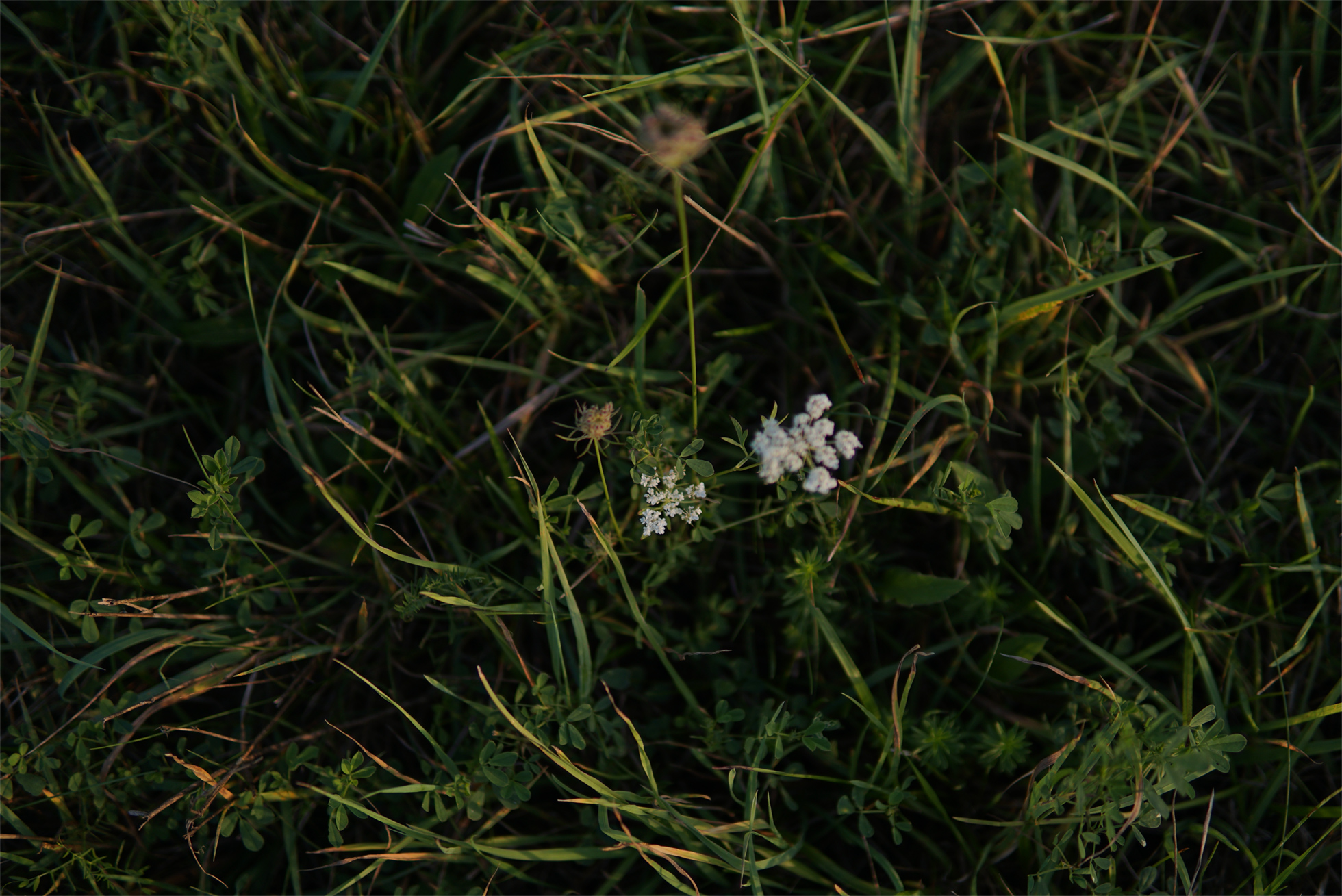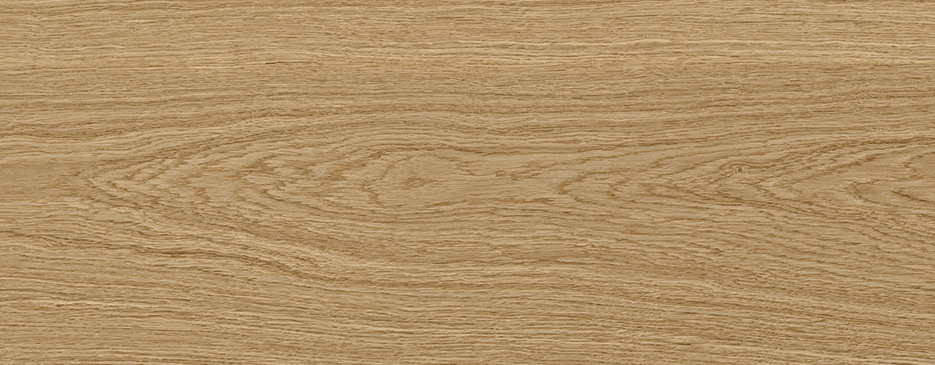
We create durable objects.
Here you can find some tips
how to take care of them.

Leather
Cleaning and preserving leather:
Leather surfaces remain durable if they undergo conservation every 4-6 months.
Refreshing and cleaning leather:
It is best to use a cloth and water with a little bit of vinegar. Leather should not be soaked through while cleaning. Impregnation: leather should be impregnated with agents made of beeswax.

Steel
Cleaning:
The base is cleaned best with a wet, soft cloth.
Do not use strong cleaning agents containing abrasives.
Guidelines for cleaning and maintenance of particular fabrics are available at www.nurthome.com.

Wood
Cleaning and preserving oiled wood:
Clean with a wet, preferably cotton cloth, do not use strong cleaning agents or substances containing abrasives. Do not use solvents. Oiled wood should be re-impregnated every 3-4 months. For impregnation, it is best to use mineral oil dedicated to furniture or countertop preservation. Before using oil, wipe the furniture with a wet cloth. Follow the instructions provided by the oil manufacturer.
Cleaning and preserving lacquered wood:
Clean with a wet, preferably cotton cloth, do not use strong cleaning agents or substances containing abrasives. Do not use strong solvents.